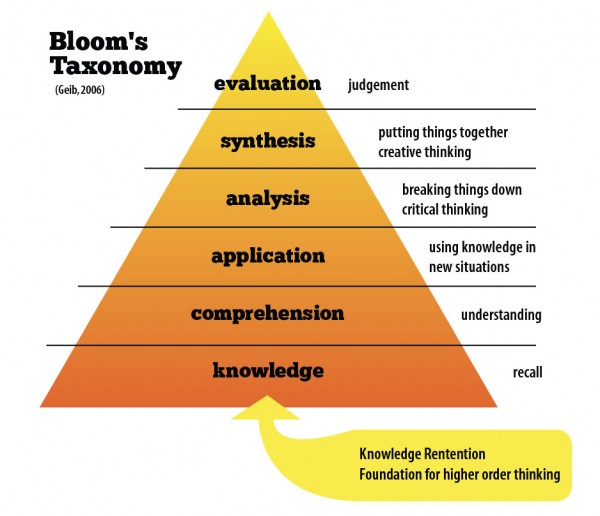It looks like you're new here. If you want to get involved, click one of these buttons!

S&P 500 VIX. I follow it daily at Yahoo Finance together with my individual stock investments.@davfor, which "VIX"?
@Derf - Since you’ve quoted from my post I should say here (1) “Not bad” doesn’t necessarily mean “good” and (2) I enumerated 5 specific reasons why I chose not to do that.From above post :
"A number of posters have referenced possibly investing 100% in their chosen benchmark fund. Not a bad idea. "

Link:The big picture: In the past, when oil prices spiked, the impact on the U.S. economy was straightforward: It made America poorer, as more of our income went overseas to pay for imported energy.
Now, after the shale gas revolution of the last 15 years, the impact is more subtle. Higher fuel prices disadvantage consumers and energy-intensive industries, yes. But there is a counteracting surge in incomes for domestic energy producers and their workers.
Higher oil prices no longer depress overall measures of prosperity like GDP and national income, but rather shift it around toward certain regions. Texas and North Dakota win; Massachusetts and North Carolina lose.
Yep - I’ve never liked, used, or benchmarked to a TDF. (TRRIX and PRSIX aren’t TD / don’t use glide paths).Benchmarks should be simple & stable/static. TDFs are too complicated as general benchmarks. Then, there are wide variations among the same-dated TDFs.
This is why I like previously mentioned Fido Asset Manager & Vanguard LifeStrategy series for general benchmarking.
But I understand that posters may choose any benchmark for their personal benchmarking purposes. In fact, PV even allows customized personal benchmarks.
https://www.investmentnews.com/target-date-glide-paths-are-unstable-at-some-major-plan-providers-37617“In 2008 and 2009, there was increased interest in adjusting our glide path more conservatively,” said Jerome Clark, portfolio manager of T. Rowe Price’s retirement funds. “We avoid making glide path changes based upon short-term market environments, which is consistent with the message we communicate to our investors to stay the course when markets swing to extremes.”
https://riabiz.com/a/2013/9/27/after-a-lot-of-flak-fidelity-investments-does-a-study-and-pledges-to-change-how-it-manages-its-170-billion-of-target-date-fundsStill, it is notable that as of Aug. 22, [2013] T. Rowe Price launched new funds that recognize that some investors are more risk averse as a complement its core T. Rowe Price Retirement Funds, which had $88.1 billion in assets as of March 31.
https://www.prnewswire.com/news-releases/t-rowe-price-adds-retirement-blend-funds-to-target-date-lineup-301343055.html
- The Retirement Blend Fund series is designed for investors who prefer a single, simplified, professionally managed solution for retirement investing and who want an approach that marries the benefits of active and passive investment styles, including placing a greater emphasis on managing overall cost.
- The Retirement Blend strategy has been in place at T. Rowe Price since 2018 but it was previously available only in the collective investment trust format. This mutual fund series extends the firm's Retirement Blend approach to a wider range of investors for whom a mutual fund is the preferred or most appropriate vehicle.
- The Retirement Blend Funds use the enhanced glide path and the same diversification and tactical asset allocation as T. Rowe Price's existing Retirement series of target date portfolios.
© 2015 Mutual Fund Observer. All rights reserved.
© 2015 Mutual Fund Observer. All rights reserved. Powered by Vanilla